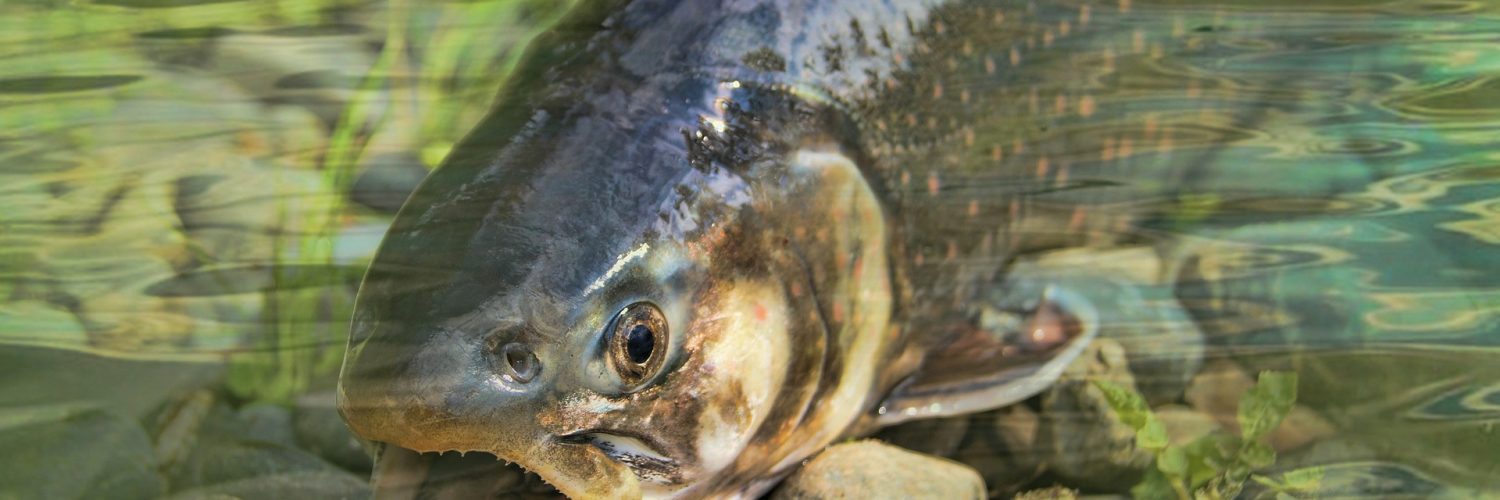For nearly 100 years, the Arizona Game and Fish Department has been keeping six fish hatcheries swimming. Some of the hatcheries are breeding grounds for the state’s trout and sport fish population and used for cold or warm water production. Every year, the hatcheries pump life into the state’s economy by producing nearly 400,000 pounds of fish that are filtered into 118 locations throughout the state.
This entire operation contributes about $1.5 billion in economic benefits for the state of Arizona. Trout, bass, catfish—all help the state financially as sport fishing continues to be a choice activity for enthusiasts. Now, one of those hatcheries is getting a much-needed facelift to continue its supply of fish and funds to the state.
Sterling Springs Hatchery, located about halfway between Sedona and Flagstaff, is currently in the middle of a $3.3 million renovation for overdue needs. Busted pipes and leaking valves have been in need of major repair. Some haven’t been upgraded since they were first laid in the 1940s. The renovations, which are set to be completed in June, shine a light on funding for projects like this in other hatcheries in the state that need just as much tending to.
“As the wife of a lifetime avid angler, few understand the importance of a healthy fishing environment in Arizona like me,” Julie Pastrick, President and CEO of the Greater Flagstaff Chamber of Commerce said. “We are grateful for the added boost to Sterling Springs fish hatchery because a great amount of visitation and tourism in northern Arizona can be directly tied to their effectiveness in growing our local and regional fishing population.”
Sterling Springs is the smallest hatchery of the six total still in operation. When the state initially started the hatcheries back in 1922, there were 15 up and running. Sterling is essentially a nursery for trout eggs that have been shipped from Montana. Once the eggs hatch and the little swimmers get moving, they head to Page Springs Hatchery nearby, which then goes on to produce more than half the state’s stocked trout. Funds for renovations usually come from sales of fishing licenses, stamps and tags, not from the state’s general fund or taxes.
This process culminates in recreational fishing enthusiasts from different parts of the state and country who come to take advantage of our nearly year-round mild weather, which allows them to fish more freely. All this generates $1.47 billion annually in economic benefits for the state, according to a 2014 report. A new report is expected later this year, which is projected to feature even higher economic impact numbers for Arizona.
“Kudos to Arizona’s Game and Fish, and all that realize the immense economic benefit of having a robust, local fishing environment in northern Arizona,” Pastrick said.
The major reason behind the repairs, besides age, is potential loss of that positive economic impact. With leaky valves and cracked pipes, the small eggs are escaping. The small fish that stock Page Springs that escape could cut out about $400 million year if things aren’t patched up.
Game and Fish began construction on the hatchery in December by demolishing the outside facilities and rebuilding areas where other wildlife like raccoons and squirrels have been breaking in and eating the fish. The hatchery will also feature updated technology that helps it operate with less water, cutting down on overall water usage and the associated cost.
















Add comment